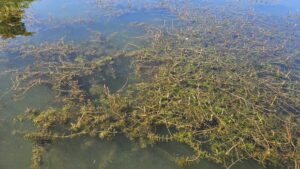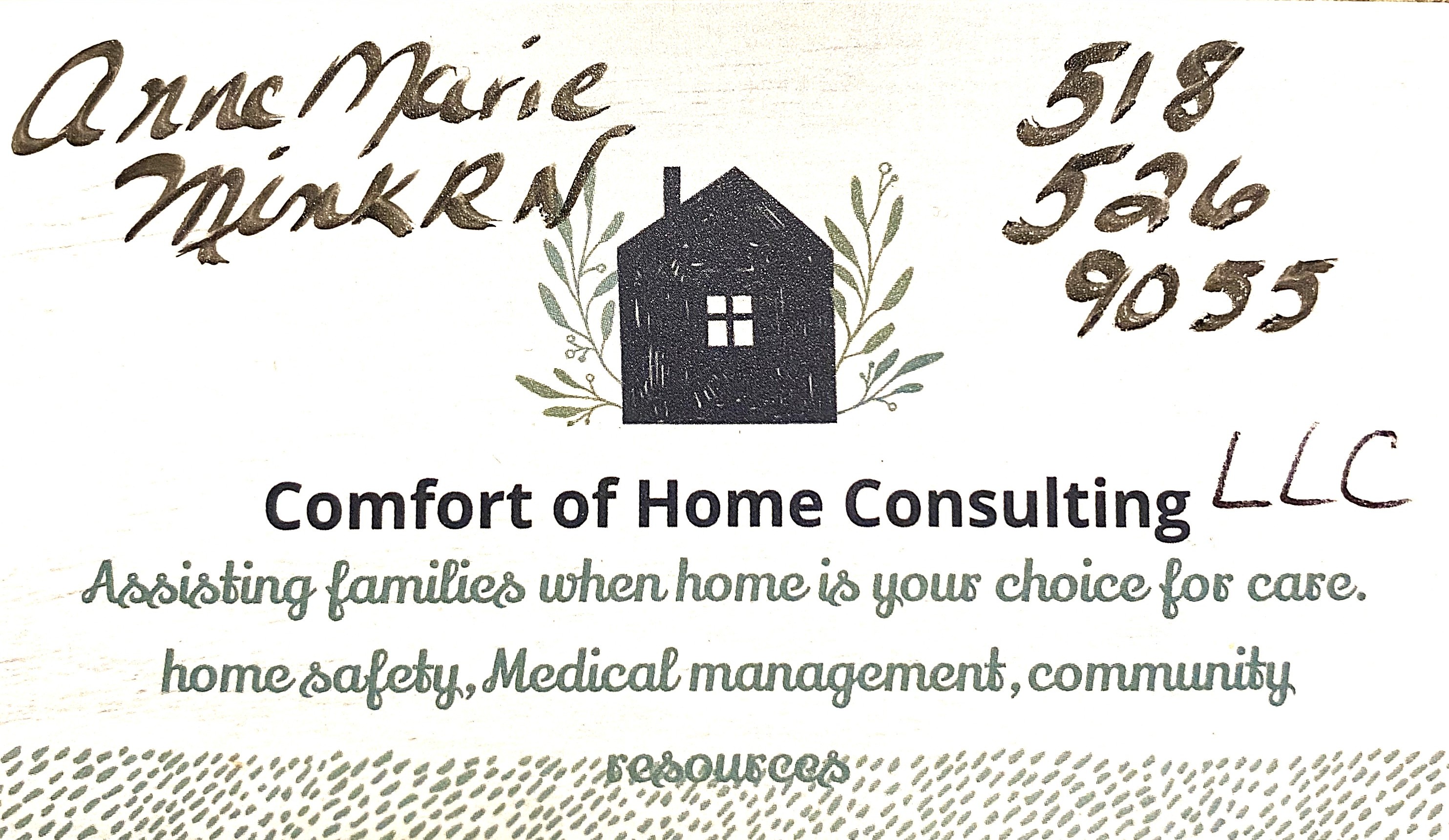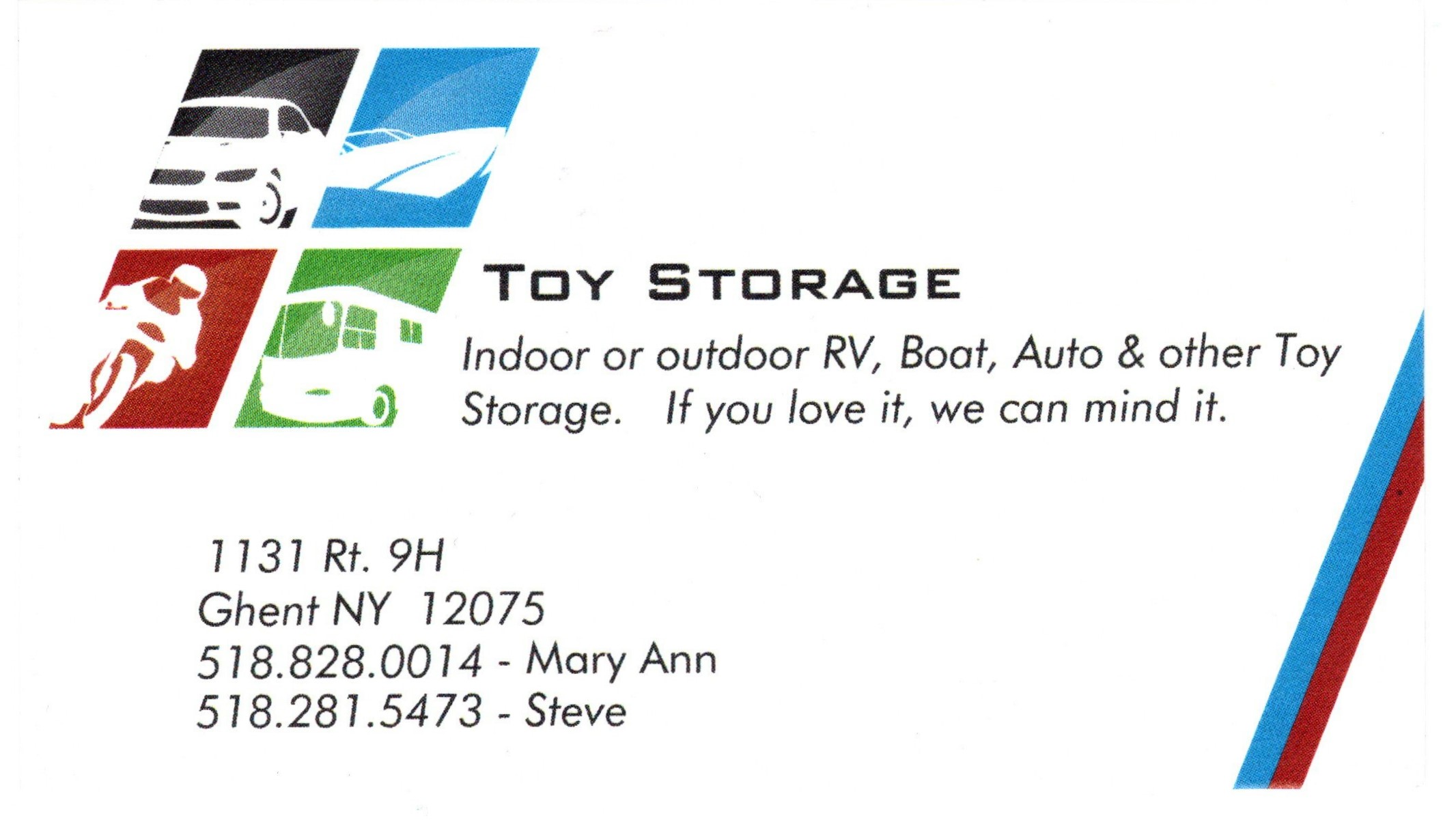This post is an update of two important projects that will significantly impact the immediate future of Kinderhook Lake.
First, the KLC Board of Directors has awarded a $165,000 contract to Keller Construction for essential repair work at the Nivers Dam. Engineering inspections found weather and water related concrete deterioration and joint cracks on the primary and secondary spillways. Repairs are already in progress and will replace deteriorated concrete with new rebar and concrete to reinforce the structure. This project is being funded by the Dam Reserve Fund and General Funds; no additional funding is requested from members at this time to complete the dam repair project. Progress photos can be found on the Gallery Page.
Second — and equally important — the Board has accepted a proposal from Burden Aquatics of Averill Park, NY, to obtain DEC permits and treat approximately 140 acres of Eurasian milfoil with ProcellaCor in 2026. This is a major step forward in protecting our lake’s health. If you’ve been on the lake this summer, you’ve seen it — milfoil breaking the surface in coves, boating channels, and much of the shoreline. Left untreated, it quickly forms dense mats that starve native plants of needed sunlight and oxygen, thus making fishing, boating, swimming, and other recreational activities difficult or impossible – just as we saw in the summers of 2019 and 2020.


Our goal is to raise $125,000 to cover the cost of permitting, preparation, and treatment. We’ve already received over $30,000 in early donations, and we’re now launching our ProcellaCor Fundraising Campaign to raise the remaining $95,000 by next summer. The 2021 ProcellaCor treatment kept the lake clear and healthy for an exceptional five years (longer than the typical estimate of about three years). Unfortunately, the milfoil has returned aggressively, and the most efficient, cost-effective, and environmentally responsible way to prevent it from taking over again is through this next ProcellaCor treatment. See FAQs below for more information.
The Kinderhook Lake Corporation is the only organization responsible for maintaining both the dam and the lake’s ecosystem. We receive no funding from other organizations or town, county, or state agencies — the lake is sustained entirely by your donations and volunteer efforts.
Please help us meet this goal by contributing to the Weed Management Fund today — every donation makes a difference. You can donate securely using the Online Membership and Donation Form, or mail your contribution to Kinderhook Lake Corporation, P.O. Box 53, Niverville, NY 12130. KLC is a 501(c)(3) non-profit organization; your donations may be tax-deductible.
Thank you for helping protect the lake we all enjoy.
With appreciation,
The KLC Board of Directors
Frequently Asked Questions
Q1: Why not just treat partial areas of the lake to save money?
A1: Because milfoil spreads quickly through fragmentation (any small pieces of the plant). Boat propellers and watercraft traveling through remaining milfoil beds create fragments that easily start new growth elsewhere around the lake. Treating isolated patches doesn’t stop the milfoil — it simply regrows and spreads around the lake within a season.
Q2: How long will the ProcellaCor treatment last?
A2: The treatment warranty is for ~90% effective control for up to three years. However, based on our experience from the 2021 treatment, we expect four to five years of effective control, depending on weather, nutrient runoff, and new plant introduction.
Q3: Can the town or state help with funding?
A3: The KLC has approached both the Town and the State in the past for potential support and will continue to do so. We are pursuing avenues for specific grants related to the control of invasive species, a statewide concern. There is no guarantee of our success.
Q4: Do we need a DEC permit to treat the lake with ProcellaCor?
A4: Yes. We operate under strict DEC regulations that control the quantity, location, and methods of how herbicides can be applied, and we work to secure the maximum allowable treatment to ensure the best possible results for the entire lake.
Q5: How does ProcellaCor work to control milfoil?
A5: When applied during milfoil’s active growth phase, ProcellaCor is efficiently absorbed throughout the plant, including roots and shoots, ensuring complete eradication and preventing regrowth from fragments. ProcellaCor’s low dosage and rapid environmental breakdown reduces risks to water quality and non-target plants and organisms.




























Follow Us on Facebook!